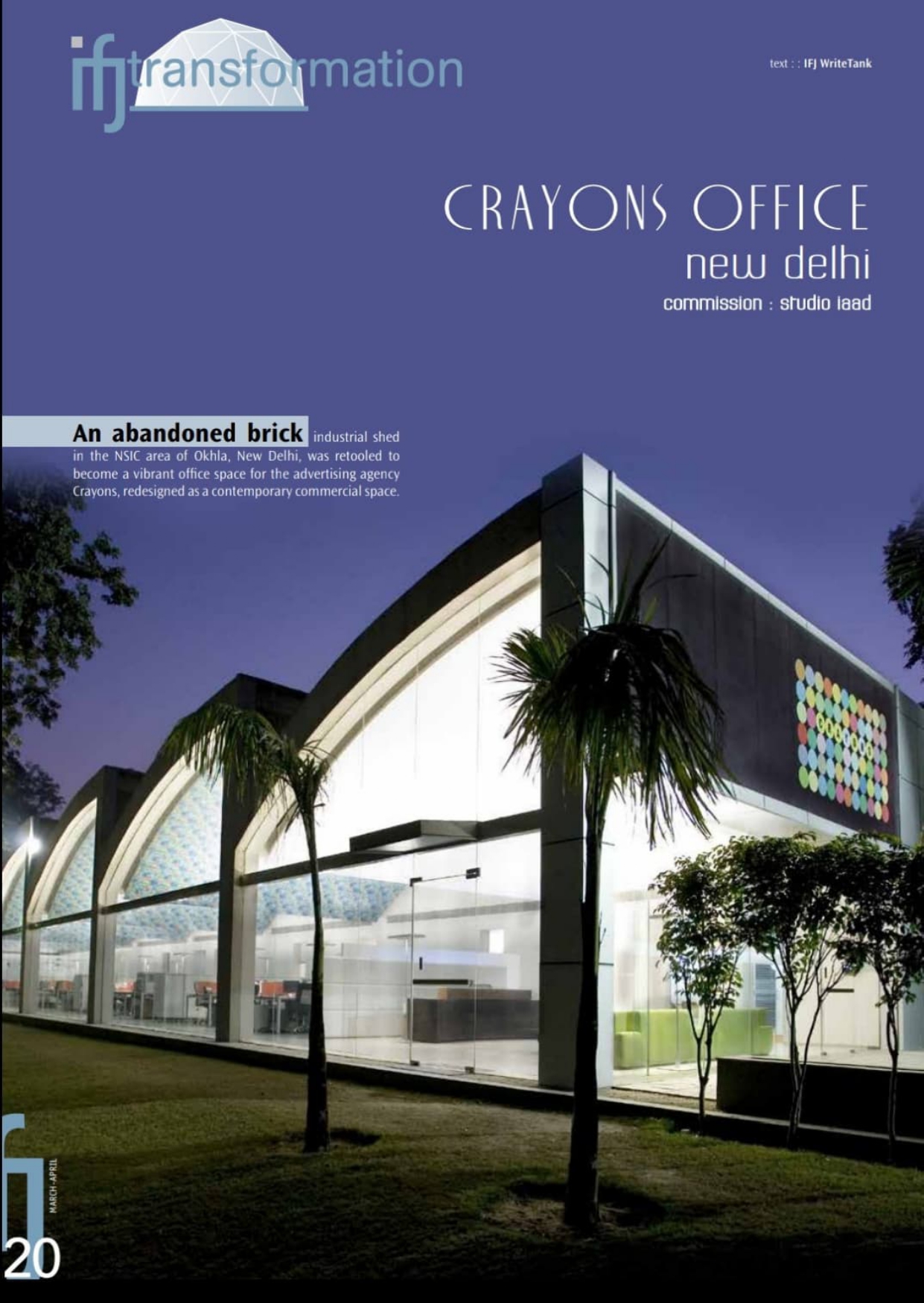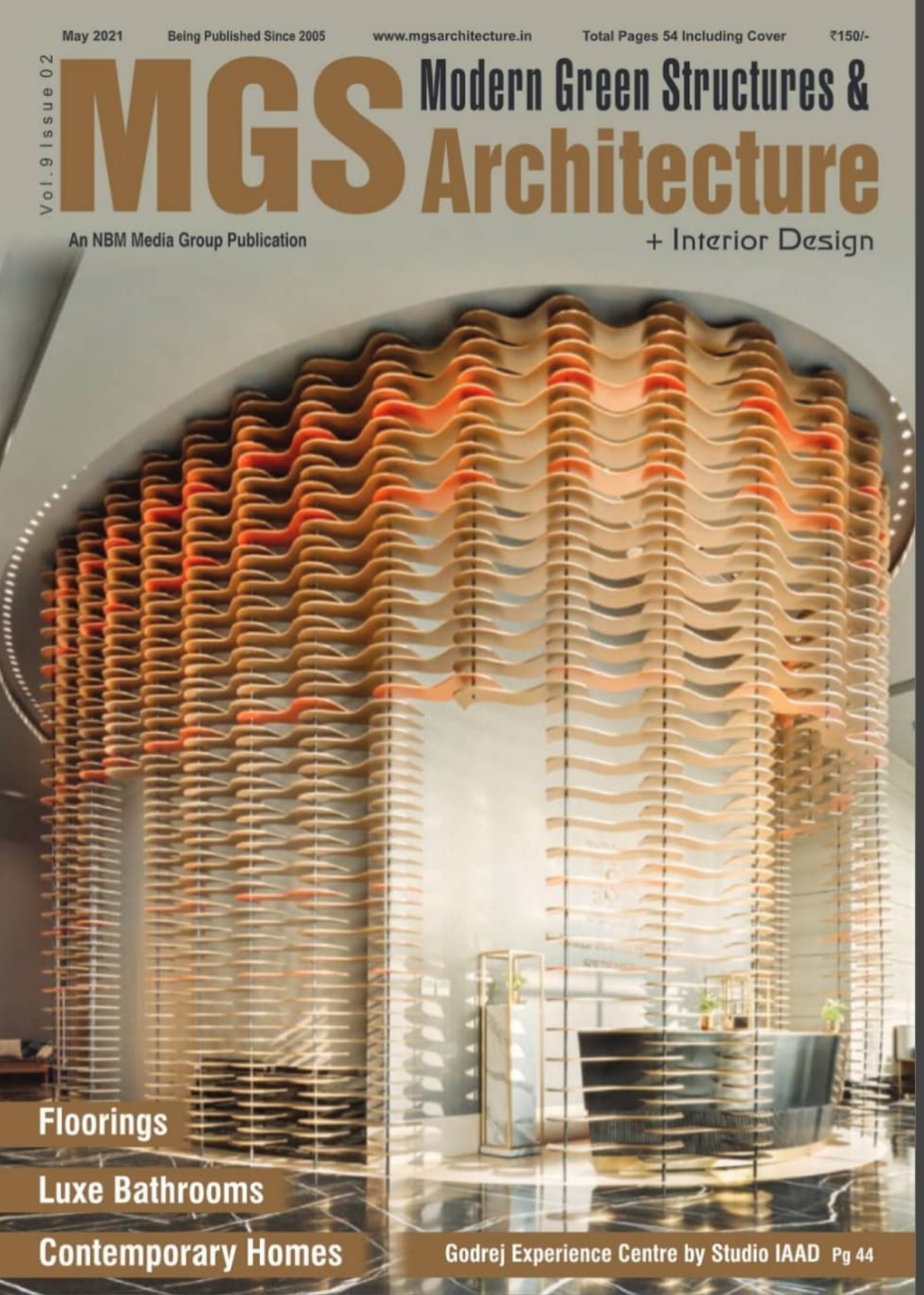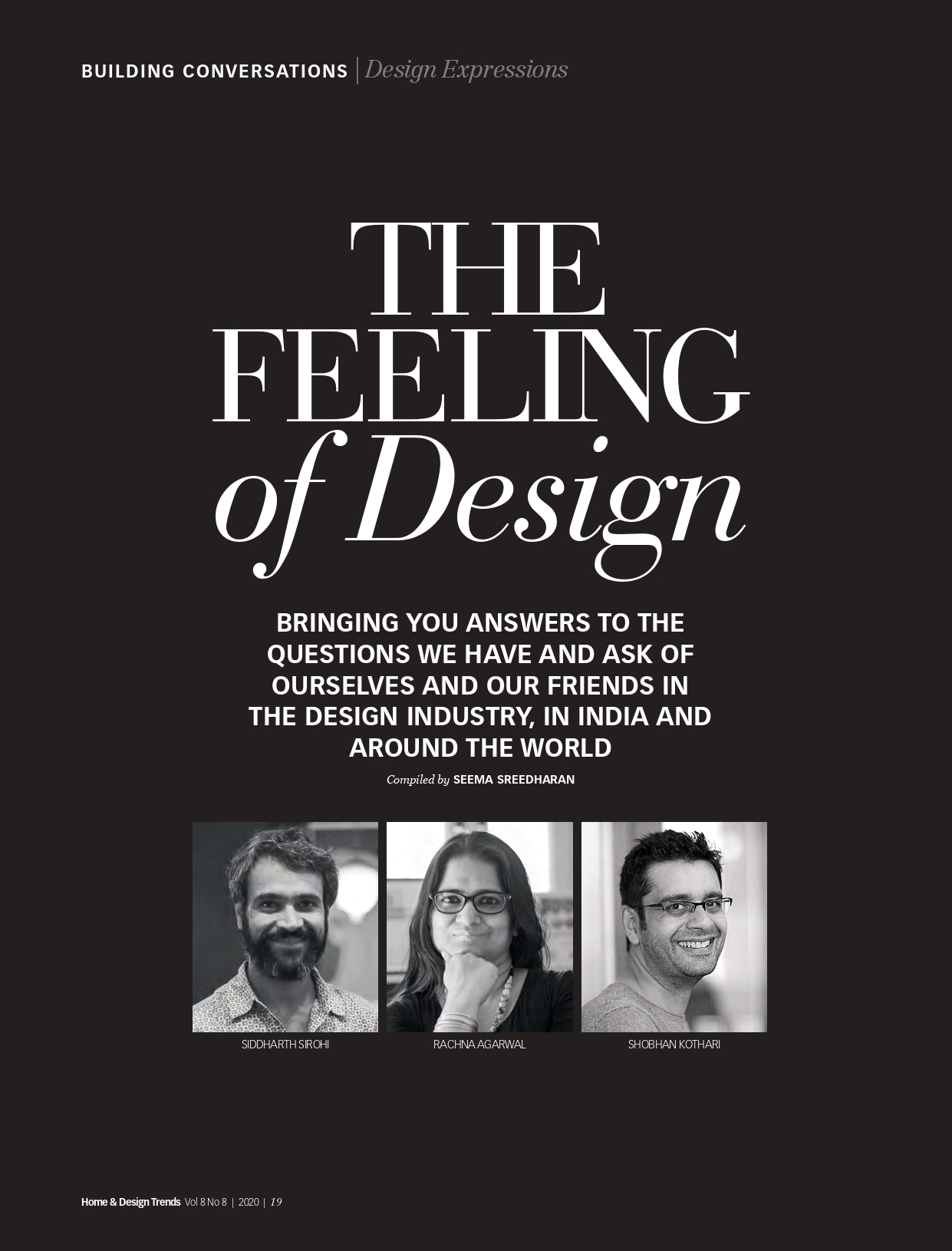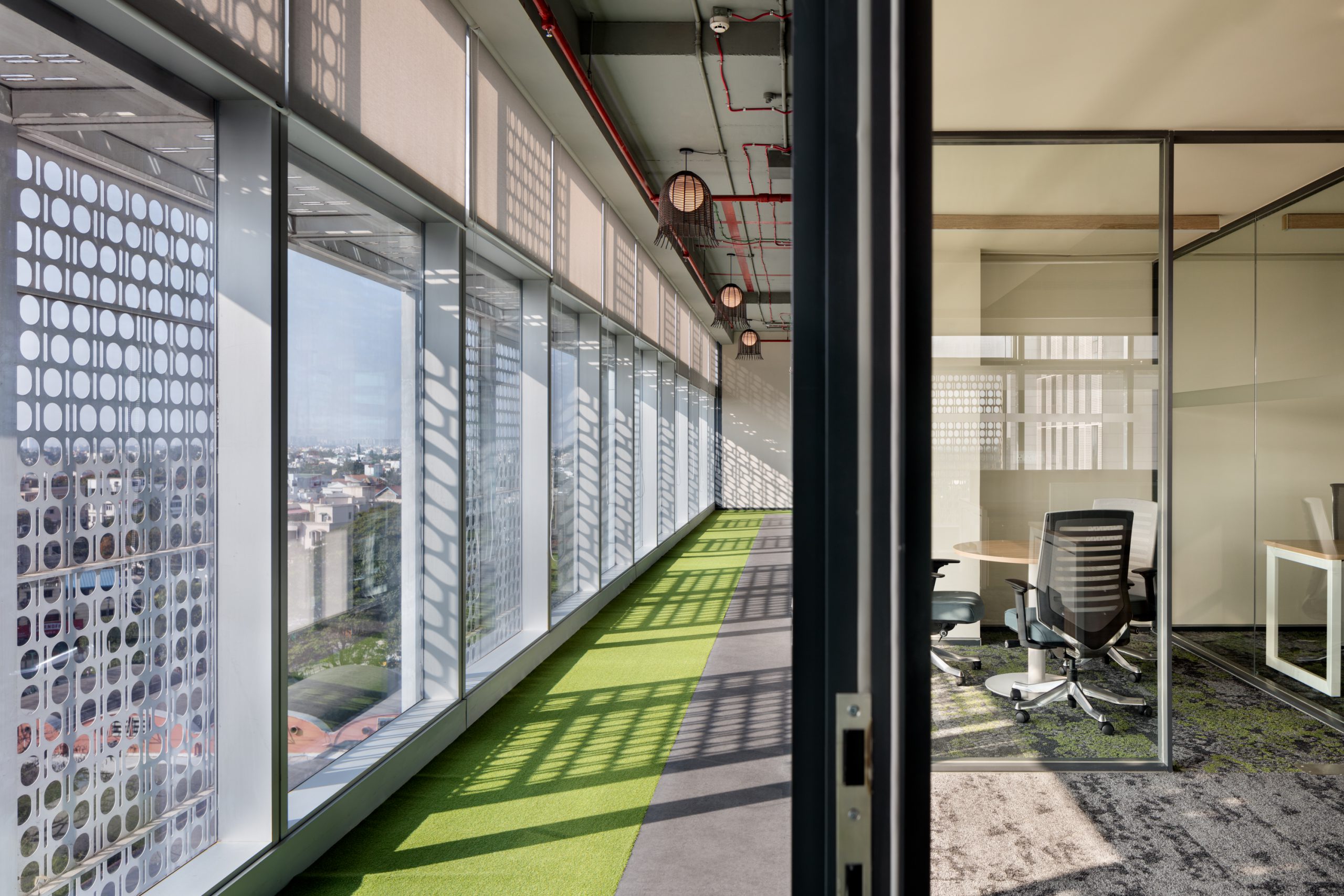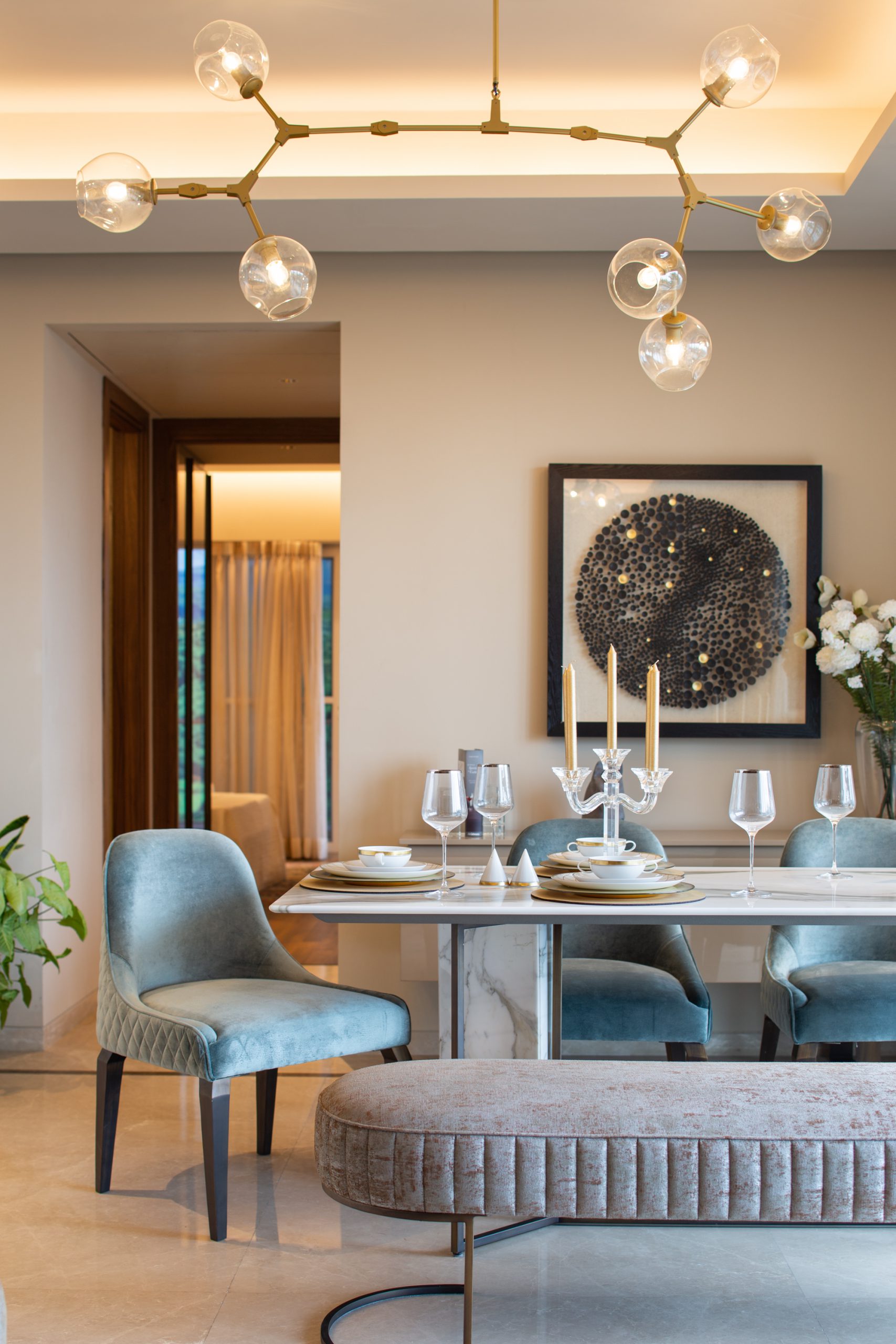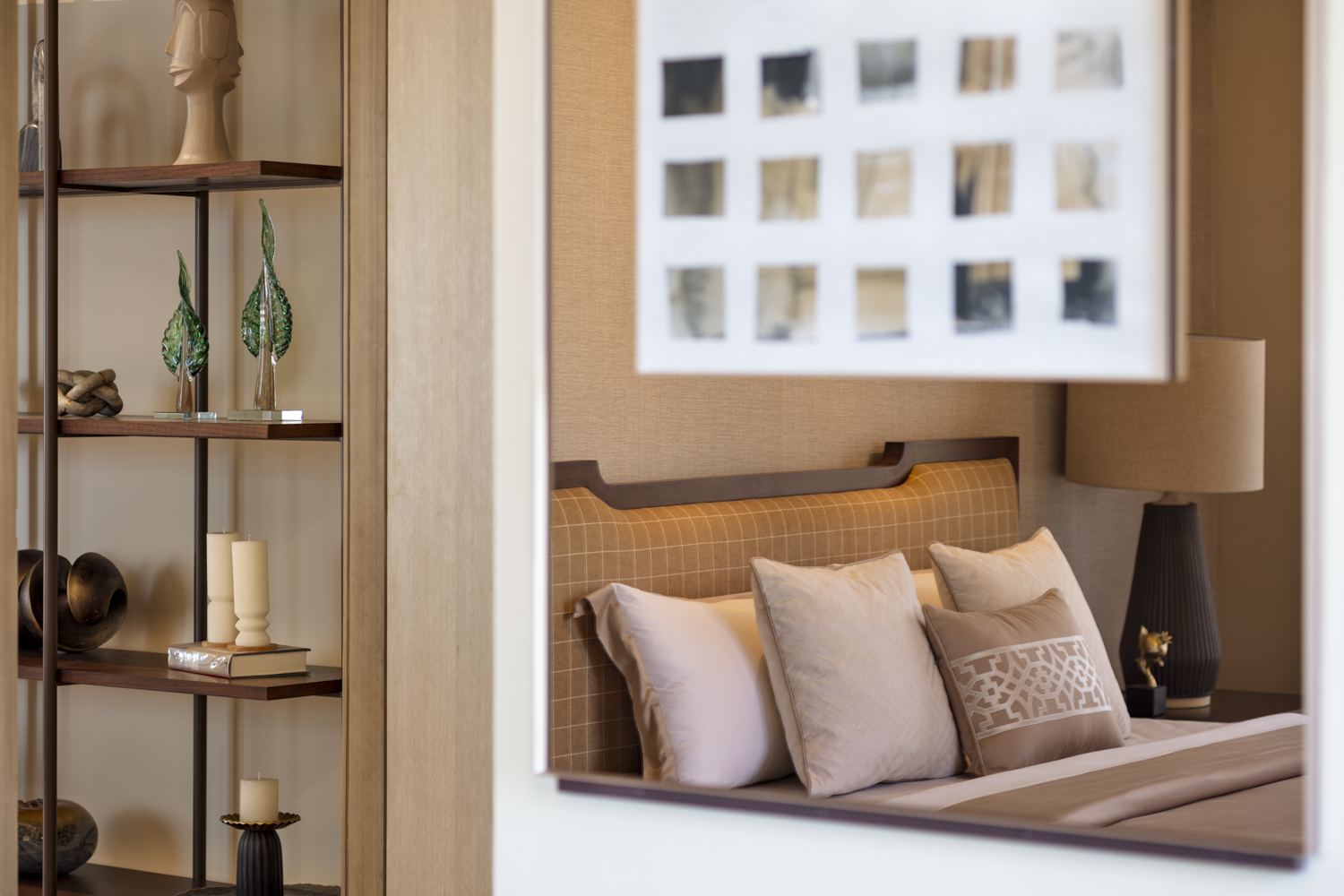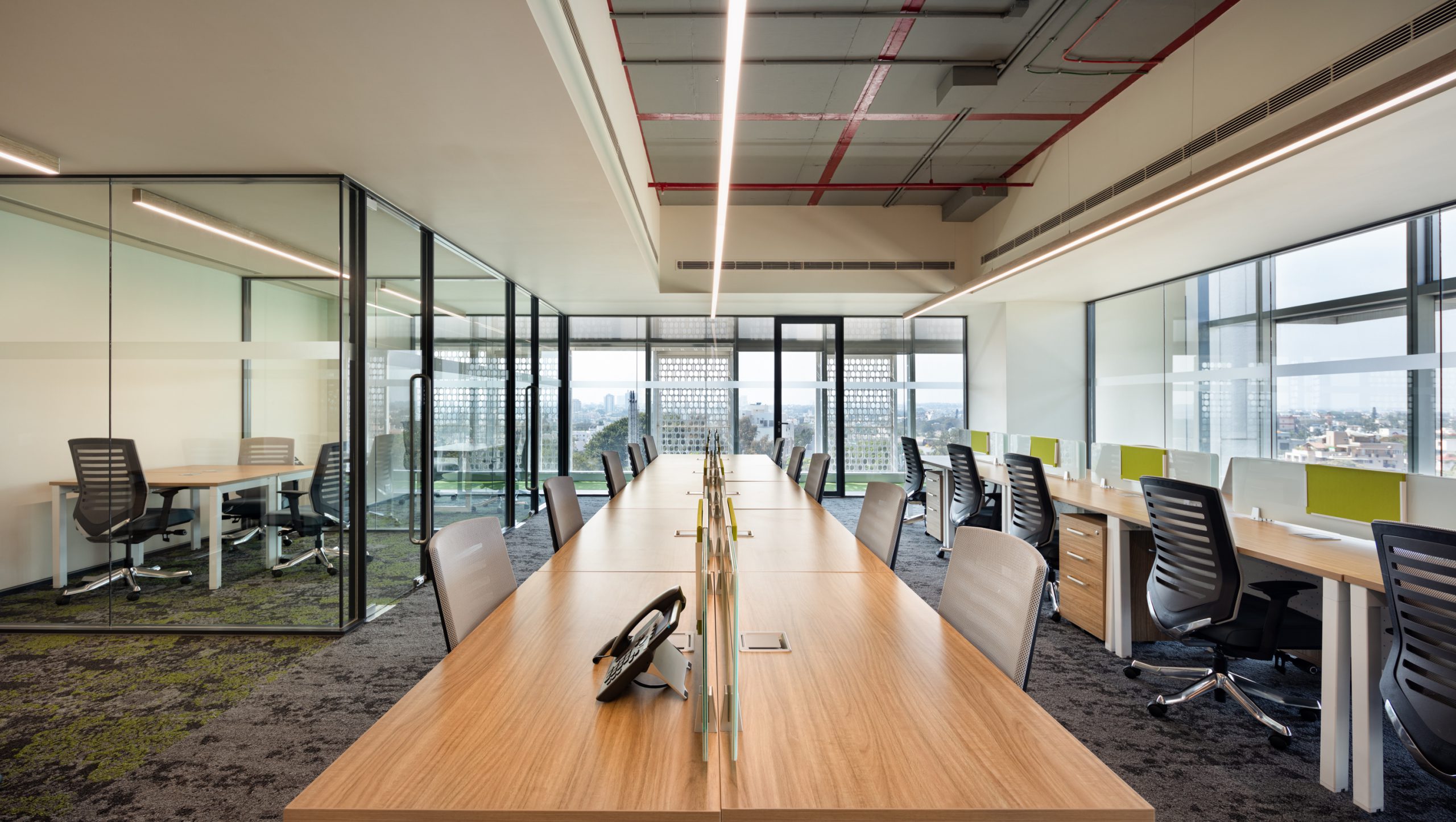
4 Design Trends That Will Drive The 2023 Roadmap For Workspace Design
Blog 13
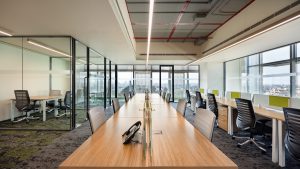
The past couple of years have been a lesson for interior designers and firms alike that the briefs of commercial spaces should change. In the new normal, workplace design grammar is conducive to productivity and reiterates work as a collaborative, constantly in-process interaction. Many companies now follow the hybrid norm; thus, the workspace design must be pleasing and welcome employees back to the office. With safety and well-being at its core, here are some workplace trends that will gain prominence in the upcoming year:
Ergonomic design
Companies want to up their game instead of just prioritising cost in the furniture they design. Employers and employees alike seek highly tailored spaces. The intent is to recruit and retain talent in the tight labour market. Here, ergonomic furniture pieces have been designed to support function and comfort for human use. Indicative of the name, these pieces are designed to reduce the risk of musculoskeletal problems, joint pain, back issues, neck pains, arthritis, restricted organs, and poor blood pressure are some of the key objectives of ergonomic furniture designs. Eschewing from the stereotypes of being expensive, ergonomic designs have emerged as a must for office settings for today and tomorrow.
Flexible, multifunctional pieces
Multifunctional furniture serves more than one purpose and, in turn, reduces workplace clutter. The focus is now on creating truly innovative design that is configurable and meets the occupant’s requirements. Moveable, multi-purpose furniture helps foster such a collaborative environment. It helps set up flexible spaces that integrate ergonomics with height-adjustable workstation tables, comfortable chairs, a proper line of vision, etc., to help boost productivity. Along with blending functionality and aesthetics, it enables one to make the most of limited square footage. For instance, moveable screens & glass partitions provide privacy when required and quickly transform into open spaces to help employees engage and connect.
Biophilia And Wellness
Biophilia is the human tendency to interact with life in nature. A biophilic design incorporates nature into the built environment, enabling human and natural habitat interaction. The biophilic approach helps reconnect with the natural surroundings and create healthy habitats for contemporary life. Workspaces should be designed for energy efficiency, use renewable and natural materials for the least environmental impact, reduce waste by recycling, upcycling, and repurposing, and design for healthy environments in every design sphere.
Evolving shared workspaces
Shared workspaces thrive in technology-driven environments and have technologies such as voice tech systems, autonomous sanitising solutions, air-improving systems, sensor-led switches, and more. These spaces offer a holistic and pleasant environment and make employees want to return to work. Also, such collaborative workplaces help decrease worries about security deposits and inflexible long-term leases, which pose a big challenge for employers.
